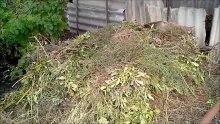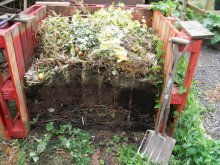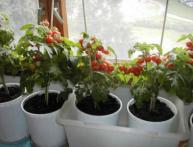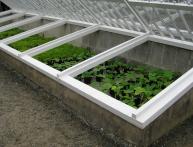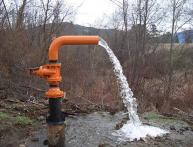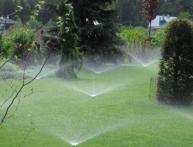Do-it-yourself compost heap: forming organic fertilizer
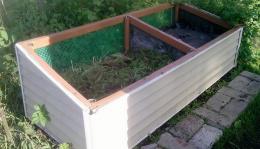
To improve the quality of the soil, gardeners and gardeners annually apply organic and mineral fertilizers, as well as fallen leaves, food waste, etc. Compost is a very valuable source fertilizers for vegetable crops and plants. For a compost heap to become a valuable material, you need to know how to properly form and use it.
Content:
- Compost heap: what is it?
- How to form a compost pile
- Rules for forming a compost heap
- How to care for a compost pile
Compost heap: what is it?
Compost is usually understood as an organic fertilizer that is obtained from the decomposition of organic residues thanks to various microorganisms. A compost heap, if properly formed, will become an excellent means of fertilizing the soil – humus – after 1-2 years. It is usually used to feed plants and vegetable crops.
This organic fertilizer will help restore the soil, improve its structure, and increase fertility. When adding a compost heap to the soil, moisture is retained at the root system.
Humus is a kind of organic mulch. In addition, earthworms reproduce well in it, which are also needed in the garden. Making a compost heap yourself will not only save on the purchase of fertilizers, but will also create a safe and environmentally friendly feeding for plants and vegetable crops.
How to form a compost pile
To form a compost heap, you should know that not all ingredients can be thrown in. You can put in your compost heap:
- Plant residues (grass clippings, tops, weeds, leaves, etc.)
- Waste from the kitchen table of organic origin (egg shells, tea leaves, vegetable peelings, etc.)
- Used livestock bedding
- Paper
- Litter birds
- Peat
The best time to compost is spring, summer or fall. It is these periods that are rich in plant remains. Leaves, tops and other components should first be chopped. Otherwise they will stick together and there will be a lump. In this form, the material is difficult to decompose.
During rotting, heat is released and the pile warms up quickly. Next, the structure of the material changes, which is enriched with useful substances. Bacteria, fungi and other microorganisms speed up the processing of compost and contribute to its rapid maturation.
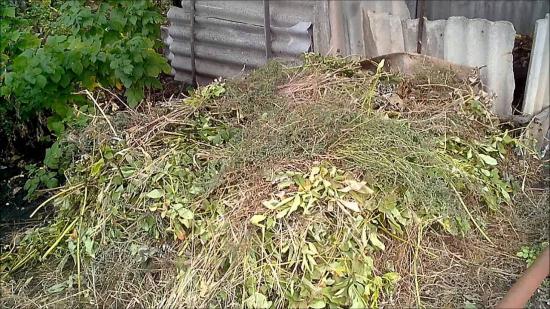
The compost heap should not include:
- Inorganic waste
- Synthetic fabrics
- Weed rhizomes
- Infected plants
- Citrus peel
- Potato tops and tomato
- Cabbage
- Meat waste
When rotting, an unpleasant foul odor will be released, which is a good bait for rats. It is not advisable to throw components into the compost bin that cannot decompose.
Rules for forming a compost heap
In the process of forming organic fertilizer, several important rules should be remembered. The waste should be crushed, then it will quickly rot. It is necessary to maintain the ratio of green mass rich in nitrogen and poor in fiber.
The optimal proportion is 1:5, which significantly speeds up the compost maturation process.Even experienced gardeners and gardeners find it difficult to determine the number of components by eye. The smell will serve as a guide: if it is unpleasant, then there is not enough poor fiber, and if there are no visible fumes in the heap, then green mass is added. The preservation of balance will be indicated by the earthy smell, moisture emanating from the compost and evaporation.
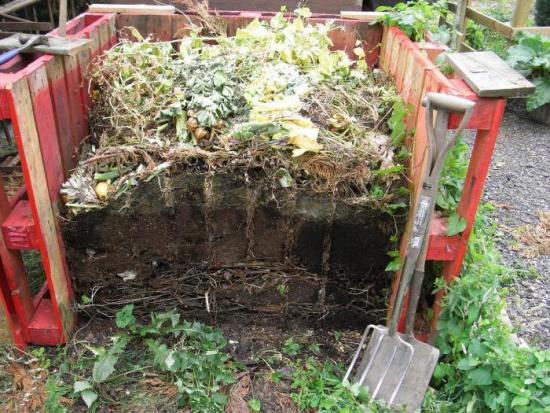
Main stages of formation:
- Execution of the fence. Components for composting should be stored in a specially designated area. The best option is a wooden frame, measuring about 1.5x1 m.
- Laying organics. It is necessary to lay a film on the bottom of the frame, deepened into the ground. Can be used peat a layer of about 10 cm. This way all nutrients and moisture are preserved. If this is not taken into account and the compost is placed on bare ground, excess moisture will begin to accumulate, which will impair the composting process.
- Collecting material for composting. The composting pile should be laid out in layers, alternating green and brown filling, as well as fine and coarse components. It is recommended to sprinkle the layers with earth or manure.
- Heap cover. At the final stage, you should cover the heap with a layer of earth about 5 cm, and then with straw or film, after making holes in it for ventilation.
The readiness of compost can be judged visually and by smell. The organic material should be crumbly, dark brown in color and smell earthy. Typically, organic residues decay within 1-1.5 years. Experienced gardeners use various activators to speed up the composting process and humus can be obtained in 2-3 months.
How to care for a compost pile
To form a complete and high-quality organic fertilizer, you should not forget to care for it. To enrich the pile with oxygen and make it loose, you need to stir it periodically. Organic The remainder must be mixed well. In addition, you need to ensure that the compost pile does not dry out.
Therefore, it needs to be moisturized regularly. It is advisable to water from a watering can and not from a hose, as it can be overfilled. During the heavy rainy season, it is recommended to cover the pile with film. Only proper organization of composting and proper care will allow you to obtain high-quality compost for fertilizing plants.
Video about how to properly create a compost heap:

